What’s the one thing all successful traders have in common? I’ll tell you: They’ve mastered trading risk management.
Trading isn’t the get-rich-quick scheme some people think it is. There are risks, and you need to be aware of them.
Trading risk management is key to becoming a successful trader. I haven’t met a successful trader who doesn’t think about it.
In this post, I’ll go over the ins and outs of trading risk management. Keep reading to find out how self-sufficient traders protect their capital…
Table of Contents
- 1 What Are the Risks of Trading?
- 2 Why Is Risk Management Important When Trading?
- 3 Understanding How Trading Risk Management Works
- 4 How Can You Manage Risk When Trading?
- 5 What Are the Best Tools for Trading Risk Management?
- 6 4 Strategies to Improve Your Trading Risk Management
- 7 Bonus Tip: 2 of the Best Trading Risk Management Books
- 8 The Bottom Line About Trading Risk Management
What Are the Risks of Trading?

No one wants to hear it, but you know it’s true: Trading has risks. Most traders lose.
It takes hard work and dedication to become a successful trader. If you don’t do your due diligence, there’s a good chance you’ll end up without any money left to trade.
Losing your hard-earned money is the biggest risk in trading. That’s why I tell everyone to never trade with more than they’re willing to lose. If you bet the rent money on a trade and that trade goes south, you’ll end up with much bigger problems than simply missing a trade.
There’s another risk with trading that gets into trading psychology. I’m talking about emotions. And not the good kind…
When a trade goes against you and you aren’t mentally prepared, that trade can control you. It can take hours, days, or even weeks before traders can snap out of those negative emotions.
That’s why I make sure I take care of myself. I love to travel and give to charity. Both make me extremely happy and help me control my emotions. Check out my charity, Karmagawa, if you want to donate and get some sweet merch to support great causes.
Now, let’s get back to trading risk management…
Why Is Risk Management Important When Trading?
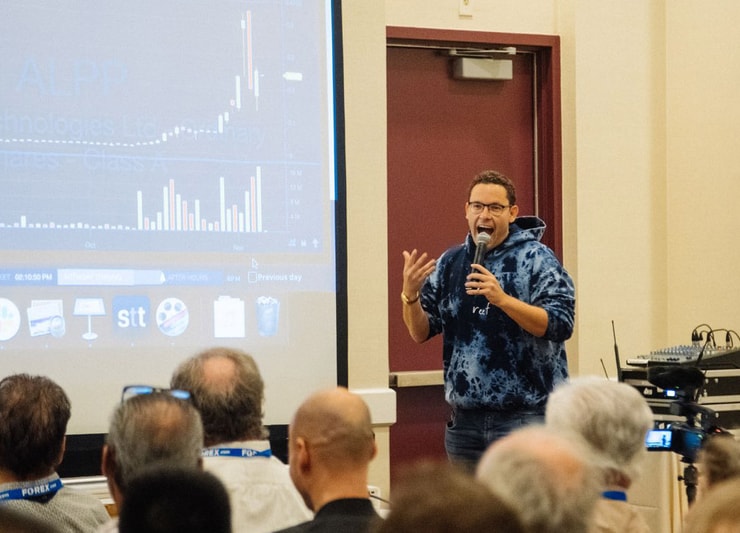
Trading risk management is important because without it there would be zero successful traders. Everyone loses sometimes. So you’ve gotta figure out how to minimize your losses.
Do you understand why my #1 rule is to cut losses quickly? I don’t like to take big losses, so as soon as a trade goes against me, I get out.
Traders who refuse to exit trades are bag holders. They lose so much and end up hoping the stock will go back up. Holding and hoping isn’t a strategy! Don’t get “stuck” in stocks. Always cut losses quickly.
Traders who understand how trading risk management works have a much better chance of being self-sufficient.
Understanding How Trading Risk Management Works

First, you need to know the different factors that influence risk management. Here are some big ones:
- Position size. Don’t put too much capital into a single trade.
- Time of day. Certain hours are usually better for day traders.
- Profit levels. A successful trader knows when to take profits.
- Cutting losses. Don’t overstay in any position.
Traders who successfully manage risk are familiar with each of these. Good risk management boosts a trader’s chances for profitability.
How Can You Manage Risk When Trading?
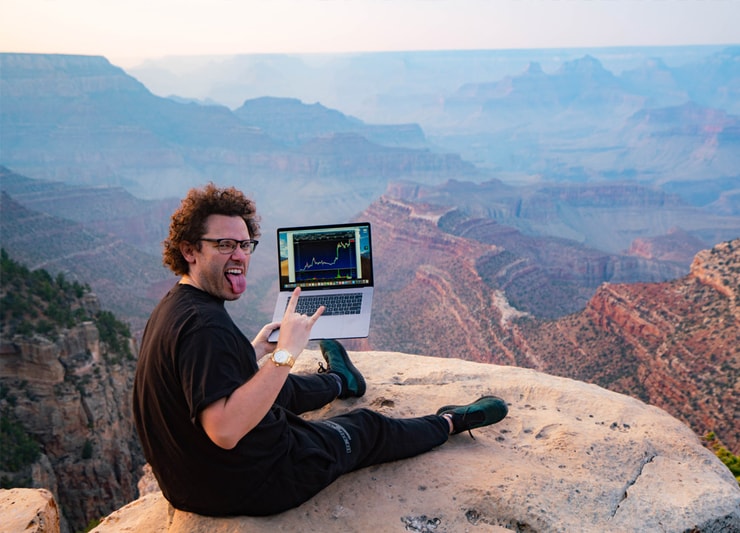
Managing risk when trading comes down to one thing: discipline. Without discipline, you won’t study hard or make a plan, or even cut losses quickly. Discipline is one of the most crucial things for a trader.
When I started trading over 20 years ago, I studied and worked hard, but I wouldn’t always follow the trading rules I set up for myself. After losing half a million dollars on a single trade, I realized I needed to stop breaking the rules.
Every trader has a different style, but the rules I teach can work across the board. If you want to learn more about my rules, check out my Market Mastery, where you can trade alongside me in all-day sessions about once a month.
What Are the Best Tools for Trading Risk Management?
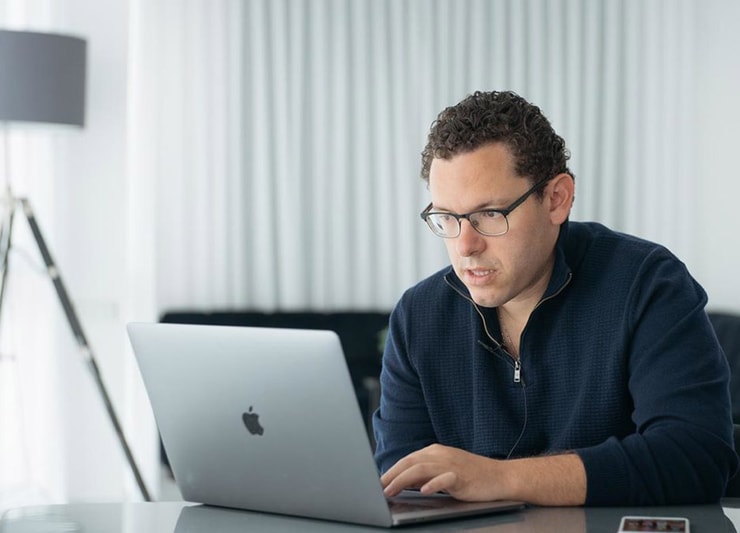
There are lots of tools that can be helpful with trading risk management. Here’s a couple I think are among the best…
My Trading Challenge gives you access to over 6,000 video lessons, DVDs, and live webinars where you can learn discipline and risk management skills.
There’s an amazing chat room where top traders who’ve been through the Challenge help mentor others in managing risk and maximizing potential gains.
One moderator is top trader Tim Grittani, who’s been through the Challenge, has now made over $13 million in trading profits.* He helps other traders learn how to execute trades and cut losses intelligently.* Apply for the Trading Challenge for the opportunity to learn from traders like Gritanni and so many others.
(*Note that these results aren’t typical. These top traders put in the time and dedication and have exceptional skills and knowledge. Individual results will vary. Most traders lose money. Always remember trading is risky … never risk more than you can afford.)
Another great tool for trading risk management is StocksToTrade. I may be a little biased because I helped design it, but it’s the best platform I’ve ever used for day trading. It’s the first thing I check every morning to help build my watchlist. It helps me cut through the BS and find stocks that have the potential to run.
(I’m also a proud investor in StocksToTrade.)
Even with these great trading risk management tools, sometimes traders need a hard and fast way to calculate risk management. Let’s briefly go over how to do that…
Trading Risk Management Calculator (How to Calculate It)
There are lots of formulas out there that help to calculate risk management. Many beginners use the 1% rule.
The 1% rule means that you typically don’t risk more than 1% of your trading capital on any single trade. That doesn’t exactly mean that you can’t put more than 1% of your capital into a trade, but it means that you should cut your losses at or before you’ve lost 1% of your trading capital.
Here’s an example. Say you have $10,000 in your account. You find a stock priced at $10 a share and you want to get in without risking more than 1%. So 1% of $10,000 is $100. According to the rule, your maximum risk is $100.
Now you’d have to figure out how much you’re willing to put into that trade. If you put $1,000 in, then losing 10% of that position would be $100. If you had a position size of $2,000, you could lose just 5% before reaching the $100 maximum loss.
The calculator for the number of shares will look like this:
Number of shares = Account Value x Percent Risk / (Entry Price – Stop Price)
Keeping a small position size while learning patterns and risk management can be a good strategy for new traders. It takes time to get comfortable with calculating risk and building solid trading plans.
4 Strategies to Improve Your Trading Risk Management

Trading risk management can be tough at first. So let’s go over some strategies to help you get started…
1. Set a Stop Loss
Setting a stop loss is CRITICAL. Without it, you wouldn’t know when to cut your losses. Not having one can be a good way to end up a bag holder. Praying the price goes back up isn’t much of a strategy.
I set a mental stop loss for every trade. I calculate how much I’m willing to lose and where I’ll cut losses. If a stock drops to my mental stop loss, I get out.
Don’t get the idea that a stop loss is the only price point for exiting a position. If I ever feel like the stock isn’t doing what I want, I get out no matter what. My #1 rule is to cut losses quickly. Stay safe!
More Breaking News
- Is Vistra’s Latest Surge More Than Just a Flicker of Market Optimism?
- Riot Platforms Inc. Stock: A Rollercoaster with Cryptocurrency’s Wild Swings
- Is SoFi on the Verge of a Major Makeover?
2. Don’t Set Profit Targets
By profit targets, I don’t mean the ones in a trading plan. I’m talking about traders trying to project their results for the upcoming trading days.
I think we’ve all been guilty of this at some point, but it’s not good. I know too many traders who get in the habit of expecting to make $100 a day, and guess what happens? They start overtrading.
Overtrading is dangerous. It goes hand in hand with FOMO and results in bad trade after bad trade.
Traders who set profit targets or end up with FOMO can start overtrading. Smart traders adapt to the market and react to what comes their way. You can’t bend the market to your will.
3. Take a Proper Position Size
Position sizing is crucial for risk management. If you put all your hard-earned cash into one trade, you risk blowing up your account.
You know the saying — never put all your eggs in one basket.
Smart traders don’t risk their entire accounts on any one trade. It’s better to start small and increase your position size when you’re comfortable. Most newbies size up way too soon and quickly realize they didn’t know the patterns as well as they thought they did.
Study hard, and you’ll have a better idea of when to slowly size up.
4. Find a Mentor
This isn’t necessarily a strategy, but the right mentor can help you learn so much — like how to manage risk and read stock charts…
Mentors can help walk you through the process step by step. Everyone has a different way of managing risk, so one method might work for some traders and not for others. A good mentor can help speed up the process of finding which method works best for you.
Bonus Tip: 2 of the Best Trading Risk Management Books

Books are a great resource for learning trading risk management. Below are two that can give you some valuable lessons about managing risk…
“An American Hedge Fund”
I wrote this book about my trading career. You can read about how I got into trading, how I managed trading during college, and some of the most important rules I’ve learned along the way.
I go into depth about the biggest loss of my trading career — the time I lost half a million dollars in one trade. That experience of mine can teach you so much about risk management. I wrote about it because I wanted to keep others from making the mistakes I made.
And you can read it for no cost at all — download your copy now.
“The Complete Penny Stock Course”
My student Jamil put this book together. He compiled the lessons I’ve learned in 20+ years of trading and fit them into one book. I think every new trader should read and study this book if they want to become self-sufficient.
In “The Complete Penny Stock Course,” you’ll read about how to understand and adapt to the market, the basics of day trading and penny stocks, trading psychology, risk management, and more.
You’ll get real-world examples to help you learn how to manage risk and develop a good trading strategy. Order your copy now!
The Bottom Line About Trading Risk Management

There’s no way around it: Trading is inherently risky.
That’s why I trade scared, so trading is less scary. That’s one way I work to stay safe in the markets. (Check out where it’s gotten me so far.) Every successful trader develops solid trading risk management skills.
Discipline is key to developing risk management skills. Without it, you’ll never be able to stick to the rules. Use the resources in this post, and when you’re ready, apply for the Trading Challenge.

Study hard and never risk more than you’re willing to lose…
What do you think? What does your trading risk management look like? Let me know in the comments…
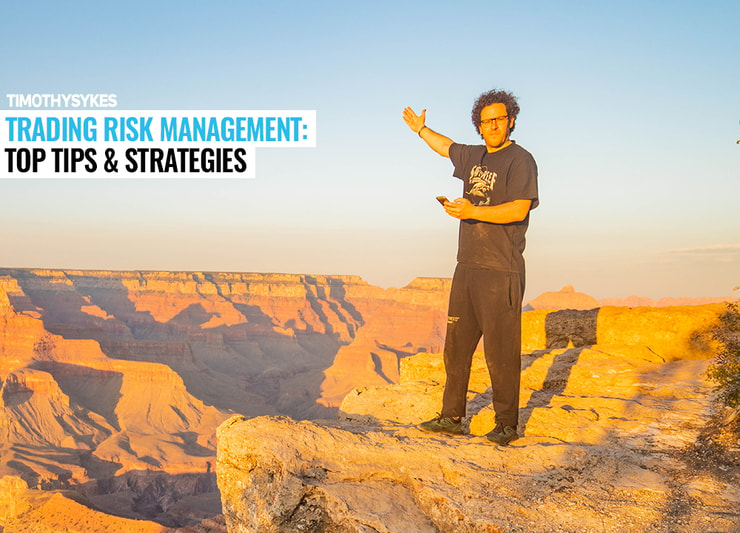

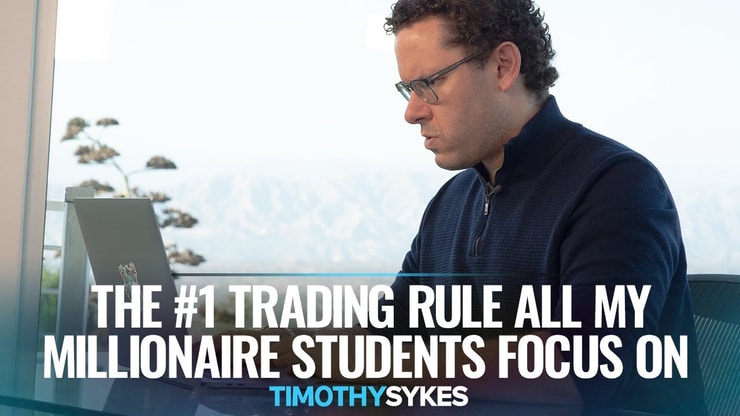


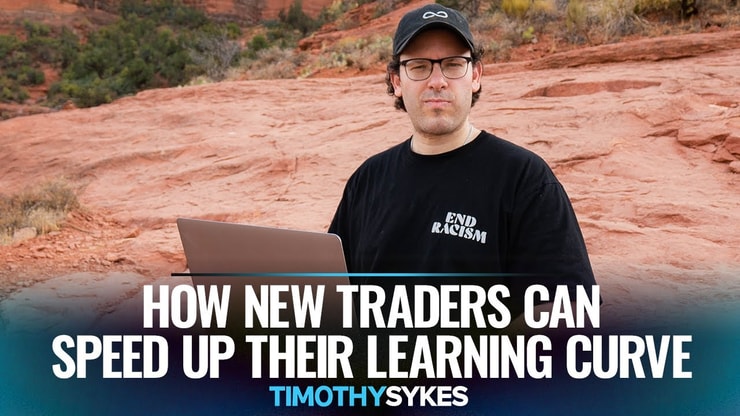
Leave a reply